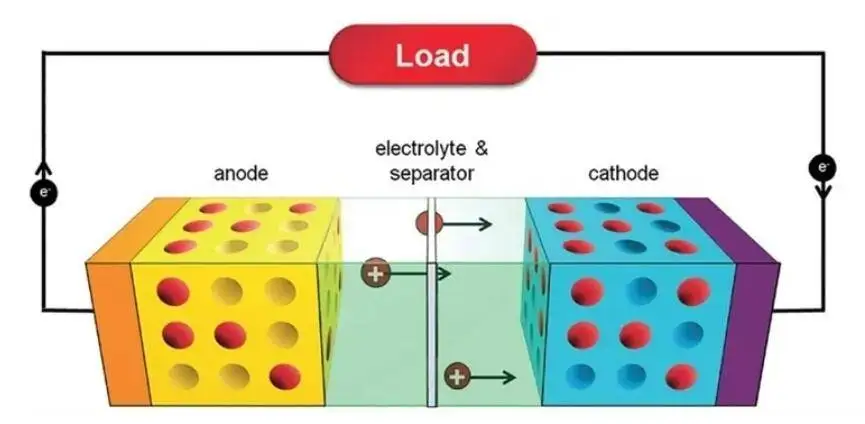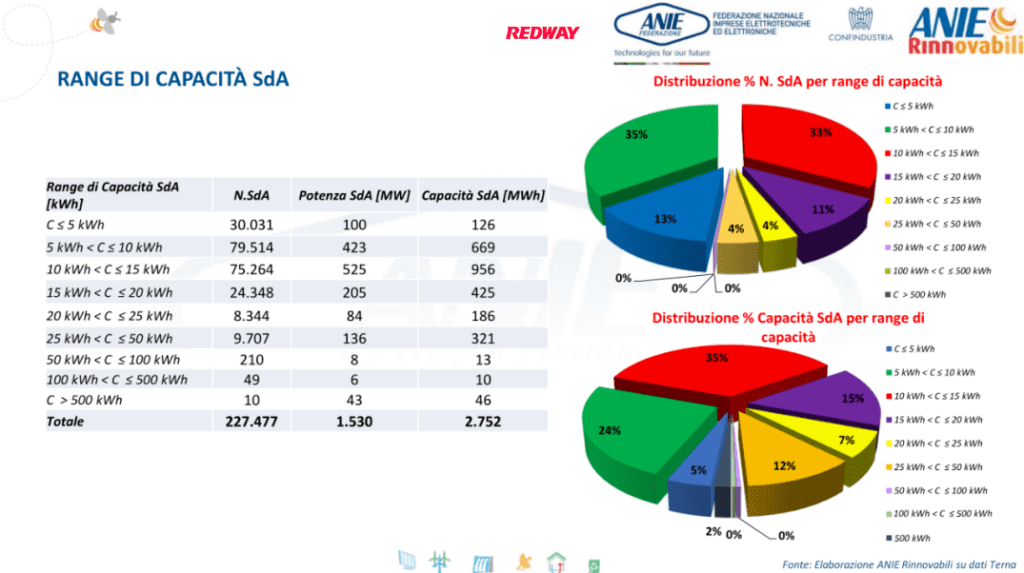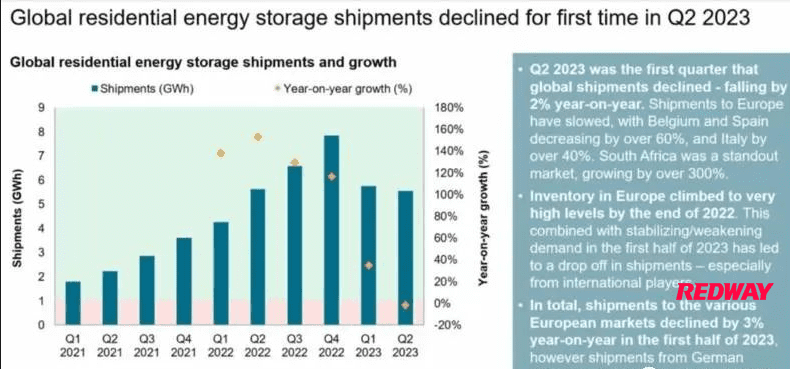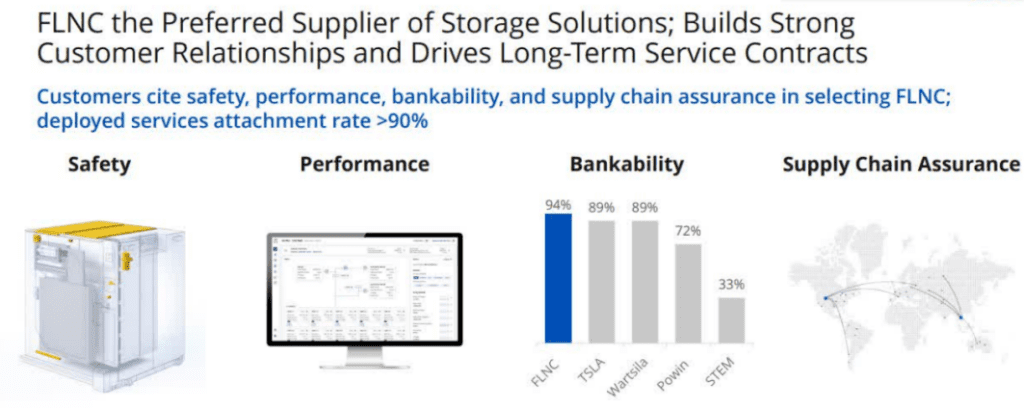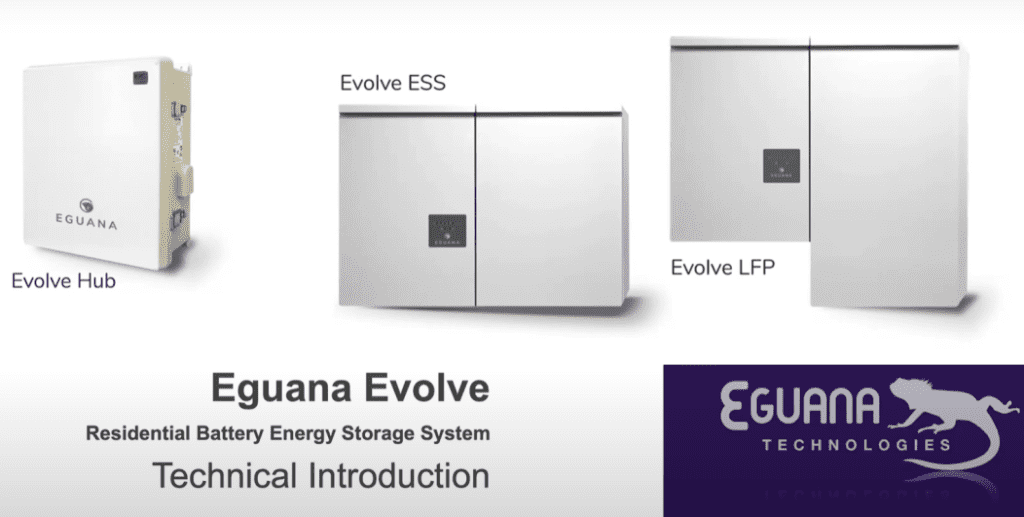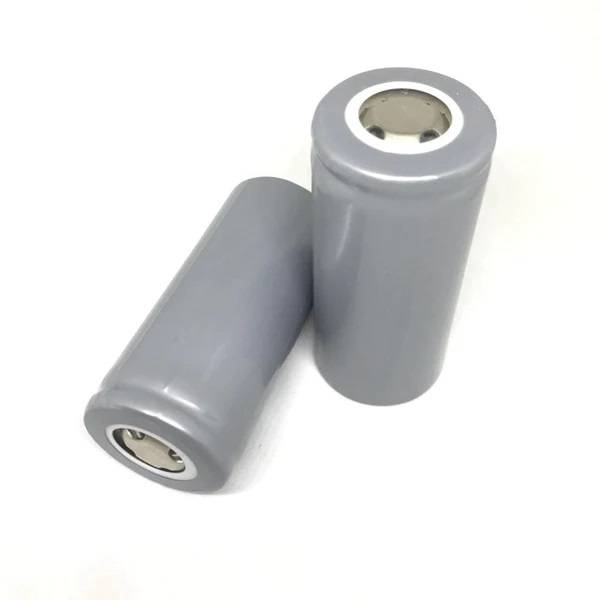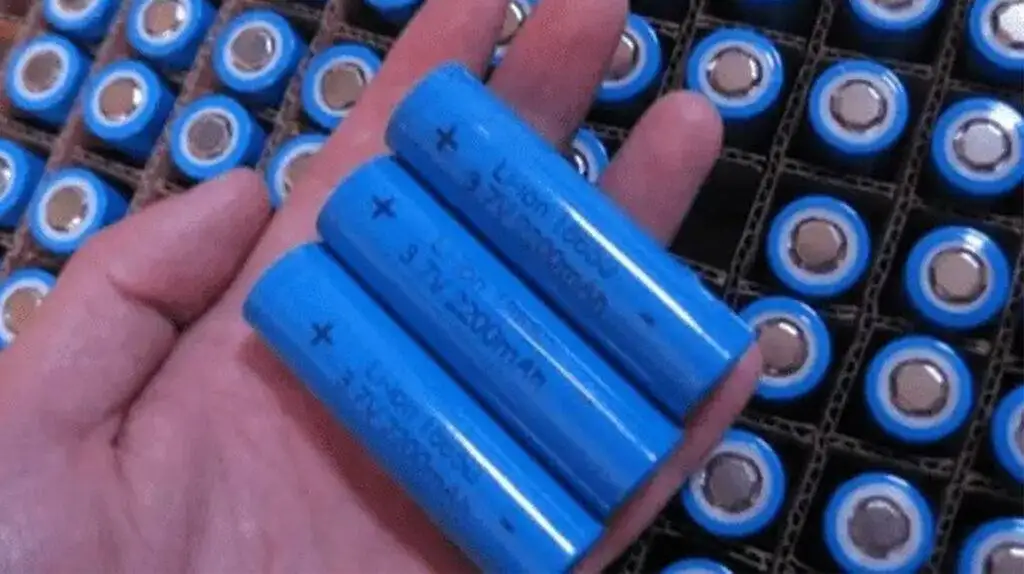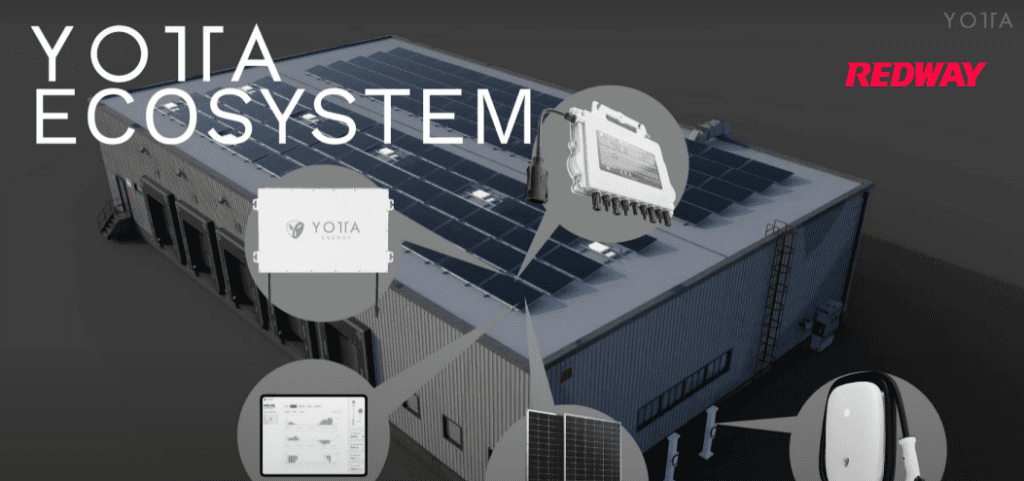The energy storage industry is rapidly evolving, with lithium-ion batteries at the forefront of this transformation. As the demand for efficient and sustainable energy solutions grows, so does the need for advancements in battery technology, particularly in anode materials. This article delves into the latest research developments and innovations in lithium-ion battery anode materials, exploring their implications for future energy storage solutions.
1. The Importance of Anode Materials in Lithium-Ion Batteries
1.1 Role of Anodes
Anodes play a crucial role in the performance of lithium-ion batteries. They are responsible for storing lithium ions during the charging process and releasing them during discharge. The choice of anode material significantly impacts the battery’s overall efficiency, capacity, and lifespan.
1.2 Traditional Anode Materials
Historically, graphite has been the dominant material used for anodes due to its favorable properties:
- High conductivity: Facilitates efficient electron transfer.
- Stable structure: Allows for multiple charge-discharge cycles without significant degradation.
However, as energy demands increase, researchers are exploring alternative materials that can offer higher capacities and better performance.
2. Emerging Anode Materials
2.1 Silicon-Based Anodes
Silicon has gained attention as a promising alternative to graphite due to its high theoretical capacity:
- Higher Capacity: Silicon can store up to ten times more lithium than graphite, potentially increasing battery capacity significantly.
- Challenges: Silicon expands during charging, leading to mechanical stress and degradation. Researchers are developing nano-structured silicon and silicon composites to mitigate these issues.
2.2 Lithium Titanate (Li4Ti5O12)
Lithium titanate is another innovative anode material:
- Fast Charging: It allows for rapid charge and discharge rates, making it ideal for applications requiring quick energy delivery.
- Long Cycle Life: Li4Ti5O12 exhibits excellent cycle stability, although it has a lower energy density compared to silicon.
2.3 Tin-Based Anodes
Tin is being investigated as a potential anode material due to its high capacity:
- Capacity Advantages: Tin can theoretically store up to 990 mAh/g of lithium.
- Challenges: Similar to silicon, tin also experiences significant volume expansion during cycling. Researchers are exploring tin alloys and composites to enhance performance.
2.4 Graphene and Carbon Nanotubes
Graphene and carbon nanotubes are being studied for their exceptional electrical conductivity:
- Enhanced Conductivity: These materials can improve charge transfer rates within the battery.
- Lightweight: Their low weight contributes to overall battery efficiency.
3. Recent Advances in Anode Material Research
3.1 Hybrid Anodes
Recent research has focused on hybrid anodes that combine different materials to leverage their strengths:
- Silicon-Graphite Composites: These hybrids aim to balance the high capacity of silicon with the structural stability of graphite.
- Tin-Silicon Alloys: Combining tin with silicon can enhance capacity while reducing expansion issues.
3.2 Nanostructured Materials
Nanotechnology is revolutionizing anode material design:
- Nano-Coatings: Applying nano-coatings can improve the mechanical stability of anodes while enhancing their electrochemical performance.
- Porous Structures: Creating porous anodes increases surface area, allowing for more efficient lithium ion storage and transport.
3.3 Advanced Manufacturing Techniques
Innovative manufacturing techniques are being developed to produce high-performance anodes:
- 3D Printing: This technology allows for precise control over material structure and composition, leading to improved performance characteristics.
- Solvothermal Synthesis: A method that enables the creation of nanostructured materials with tailored properties for enhanced battery performance.
4. Future Directions in Anode Material Research
4.1 Sustainable Materials
As environmental concerns grow, there is increasing interest in sustainable anode materials:
- Recyclable Components: Research is focusing on materials that can be easily recycled or sourced sustainably.
- Biomaterials: Exploring organic or bio-based materials presents opportunities for reducing reliance on rare metals.
4.2 Integration with Solid-State Technologies
The development of solid-state batteries presents new avenues for anode research:
- Solid Electrolytes: Investigating how new anode materials perform with solid electrolytes could lead to safer and more efficient batteries.
| Material Type | Theoretical Capacity (mAh/g) | Advantages | Challenges |
|---|---|---|---|
| Graphite | 372 | High stability | Limited capacity |
| Silicon | 4200 | High capacity | Volume expansion |
| Lithium Titanate | 175 | Fast charging | Lower energy density |
| Tin | 990 | High capacity | Volume expansion |
| Graphene | 1000+ | Excellent conductivity | Cost and scalability |
5. Conclusion
The evolution of lithium-ion battery anode materials is critical for advancing energy storage technology. With ongoing research into alternatives like silicon, tin, and hybrid materials, we are poised to see significant improvements in battery performance, safety, and sustainability.At Redway Battery, we remain committed to staying at the forefront of these advancements by focusing on high-quality Lithium LiFePO4 battery solutions tailored to meet diverse customer needs worldwide. Our extensive experience enables us to provide custom solutions quickly for wholesale and OEM customers. For a quick quote or more information about our products, please contact us today!


